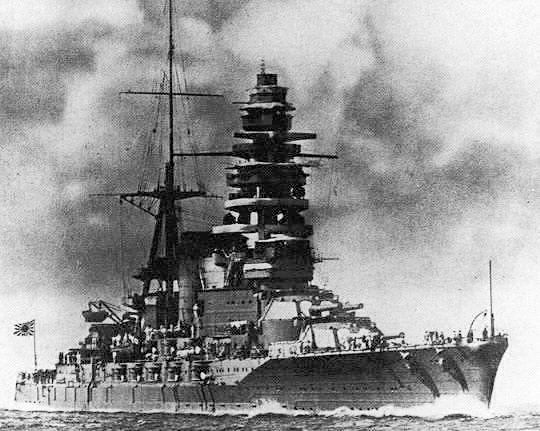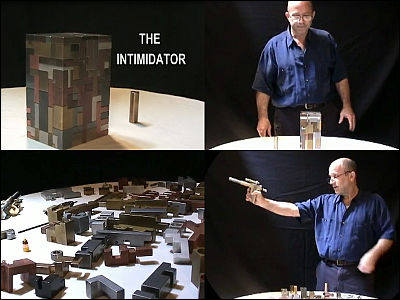Why has 'sunken ship steel' been used for Geiger counters to detect radiation?

Nuclear weapons have various effects on the world, but also on the molecular level. In one example, it is known that radiocarbon dating , which is a dating method based on the abundance ratio of carbon-14 , which is a radioisotope , is greatly affected by radiation from nuclear tests. Since the 'steel' produced after the birth of nuclear weapons was also affected by the radioactivity of nuclear tests, the equipment for detecting the smallest amount of radiation was 'Low-background steel,' which was pulled up from a sunken ship. Steel has been used.
Low Background Steel — So Hot Right Now | Hackaday
https://hackaday.com/2017/03/27/low-background-steel-so-hot-right-now/
The world's first steel manufacturing method ' Bessemer method ', which was invented around 1850 and can be mass-produced at low cost, produces an oxidation-reduction reaction between the impurities contained in molten pig iron and the blown air to oxidize the impurities. It is a method of removing it as a thing. With the birth of this method, the production cost of steel will be reduced by about 1/6 and the production volume and production rate will increase. In addition, the labor force required to produce steel has decreased.

by
Modern converters used today are also based on the Bessemer method, except that pure oxygen is blown in instead of air. This is because when air is blown in, nitrogen, which accounts for 80% of the air, lowers the temperature inside the converter and becomes an impurity mixed in the steel.
The common point of the steel manufacturing methods after the Bessemer method is that they use oxygen. However, since the Trinity test , which was the first humankind's nuclear test in the United States on July 16, 1945, radioactive impurities such as cobalt-60 have been contained in the atmosphere, so when blowing oxygen, these The radioactive impurities of are inevitably mixed in. Therefore, the steel produced after 1945 has a little radioactivity. Old steel is mixed with new steel during recycling, so the steel produced by recycling also contains radioactive impurities. In addition, the advent of the technique of incorporating cobalt-60 into refractory bricks as a tracer to investigate blast furnace wear has resulted in the inclusion of very small amounts of radioactive impurities in the steel.
If steel containing radioactive impurities is used in devices that detect radiation such as Geiger counters, the radiation emitted by the steel itself becomes noise, and radiation cannot be detected well. Therefore, in order to manufacture Geiger counters, etc., ' Low-background steel ', which is a steel that does not emit radiation, is required.
At the time of writing the article, a valuable source of low-background steel is 'a sunken ship before the end of World War II'. Since the sea attenuates radiation, the steel of the ship that sank before the Trinity test was hardly affected by the radiation performed on the ground, and it is suitable for manufacturing equipment that detects a small amount of radiation. For example, a large amount of Low-background steel was obtained from the German fleet that sank in Scapa Flow after World War I. In Japan, a part of the steel pulled from the battleship Mutsu is used as ' Mutsu iron '.

In recent years, various treaties that ban nuclear tests have been enacted, and the radioactivity of steel is decreasing year by year because of the short half-life of radioisotopes.
Related Posts:
in Science, Posted by darkhorse_log







